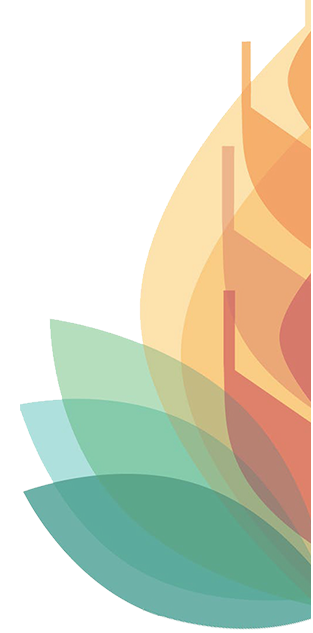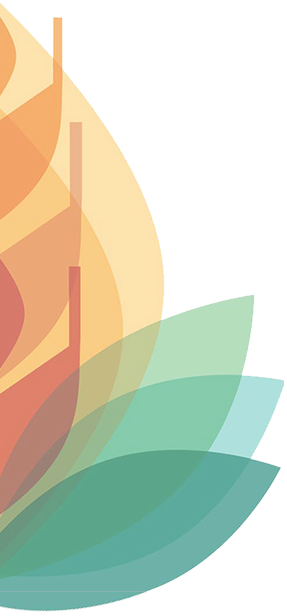

Supporting resilient and equitable food systems in Fiji and northern Australia
June 25, 2024
The Crawford Fund’s highly sought after Student Awards are one way we support and encourage the next generation of Australians into study, careers and volunteering in international agricultural research.
The awards are funded by our State and Territory Committees and made possible by organisations including ACIAR, international centres, Australian and overseas universities and NGOs who host our awardees.
Sixteen talented university students from around Australia were awarded our 2023 Student Awards. As part of this cohort, we would like to share the experience of Leif Emberg, who travelled to Fiji as part of his research into Supporting resilient and equitable food systems: emerging oyster and seaweed mariculture enterprises in coastal communities in Fiji and northern Australia.
“The trip focused on exploring emerging oyster and seaweed mariculture enterprises in coastal communities to support resilient and equitable food systems,” said Leif.
“The global demand for sustainable and resilient food systems is increasing, particularly in coastal regions impacted by climate change and economic challenges. Oysters and seaweed mariculture offer promising solutions due to their environmental benefits and potential for economic development,” he said.

ACIAR project partners ‘Kick Off’ meeting in Suva, Fiji. Participants were from the Fijian Ministry of Fisheries, The Pacific Community, ACIAR, the NT Government’s Darwin Aquaculture Centre, the University of the Sunshine Coast, and the NSW Department of Primary Industries.
This trip, coined as the ‘kick-off trip,’ built on a previous scoping trip to Fijian communities by the various partners involved in the ACIAR Fiji/Northern Australia Project (FIS/2022/147) which supports Pacific neighbours by building on previous efforts, promoting knowledge exchange, and diversifying existing oyster farms. This trip and associated ACIAR and Northern Territory Government (NTG) projects aim to support the development of these initiatives in Fiji and Northern Australia by addressing technical, social, and market considerations explained Leif.
“The project emphasised collaboration, community engagement, and sustainable practices to enhance food security and economic opportunities in coastal regions specifically led by indigenous communities. The hands-on activities, field visits, and workshops and meetings were fundamental in understanding the local context and building professional relationships,” he said.
“During the trip, I engaged with local communities, conducted field visits to the Fijian Ministry of Fisheries (MoFF) run hatchery at Galoa, visited the community oyster site of Muana-i-Ra in the Reiwa district and participated in workshops and meetings. These meetings were the cornerstone of the trip, allowing representatives from all project partners to outline commitments, assign roles, and build relationships,” said Leif.


Left: Tour of the University of the South Pacific, Suva. Right: Collecting oyster baskets, Muana-i-Ra community, Reiwa province.
During a guided tour of the University of the South Pacific, Leif noted the differences in educational approaches between Fiji and Australia, highlighting areas for collaboration and improvement.
“The university’s facilities support the possibility for collaborative research in the aquaculture of Blacklip Rock Oyster (BRO) in the future also offering up opportunities for joint projects and student exchanges,” he said.
During the Galoa Hatchery Tour Leif noted the facility is basically-equipped for a potential BRO spawning season in early 2025, with technicians already visiting NSW DPIRD and DAC facilities earlier in 2023. The staff’s commitment to living on-site during critical periods underscores the importance of human resources in mariculture operations.
Exploring the community led oyster sites at Muana-i-Ra and Nukulau Island were a highlight even with torrential rain. These sites are managed by the local community of Muana-i-Ra, with the majority of work contributions from the communities women’s groups explained Leif.
“These community-run sites produce significant quantities of oysters, demonstrating the viability of small-scale, locally managed mariculture operations. The absence of hatchery spat has indicated the need for reliable assurances from hatchery reared spat if communities wish to expand,” said Leif.
As part of the activities during Leif’s visit, the project team conducted meeting and workshop sessions to enhance the technical and governance capacities of local communities in Fiji in collaboration with Australian partners. The sessions focused on community governance pathways, hatchery and grow-out trends, shellfish quality assurance; seaweed research and co-culture; Fiji MoFF mangrove oyster overview; and a CanAdapt Fund Shellfish Quality Assurance Update, a funded pearl project in Fiji that supports and improves the quality and safety of pearl oysters through local and export standards.
Leif identified three big picture findings from his trip to Fiji:
- Sustainable Practices: Local mariculture practices in Fiji blend traditional knowledge with modern techniques, creating sustainable and efficient systems. These practices include the use of natural materials for spat collection and community-based management approaches.
- Community Impact: Mariculture enterprises improve community livelihoods by providing stable income and food sources. In particular, women play a significant role in these enterprises, which contributes to gender equity and economic empowerment.
- Environmental Benefits: Oysters and seaweed contribute to ecosystem health by filtering water, sequestering carbon, and providing habitats for marine life. These environmental services are crucial for maintaining biodiversity and supporting fisheries.
He highlighted the major benefits of the program for both Australia and Fiji:
- Economic Development: Mariculture diversifies and strengthens coastal economies by providing alternative livelihoods and reducing reliance on overfished wild stocks. The economic potential of mariculture is significant, with opportunities for local and international markets.
- Food Security: Mariculture enterprises offer reliable sources of nutritious food, crucial for communities facing climate-related challenges and economic instability. Oysters and seaweed are rich in essential nutrients and can enhance dietary diversity.
- Research Links: The project fostered new collaborations between Australian and Fijian institutions, enhancing knowledge exchange and innovation. These partnerships can lead to improved practices, joint research projects, and capacity building.
- Environmental Sustainability: Principles from Fijian mariculture practices can inform sustainable seafood production in Australia. Techniques such as community-based management highlight how effective and cooperative arrangements between communities can produce a resilient and prosperous indigenous led industry.
- Community Resilience: The community-driven mariculture model can be adapted to other coastal regions to boost resilience against economic and environmental pressures. Empowering communities to manage their resources sustainably ensures long-term viability and benefits.
“The insights and experiences gained from this trip have been instrumental in advancing my understanding of sustainable mariculture practices and their potential benefits. The Fijian way of life and its people are both inspiring and captivating. On my outbound flight from Nadi, I immediately felt the pull to return, sipping on a coconut and laughing with the locals,” concluded Leif.

Leif (right) with Tiroa Timirau from the Galoa Hatchery during his visit to the facilities.




 0
0